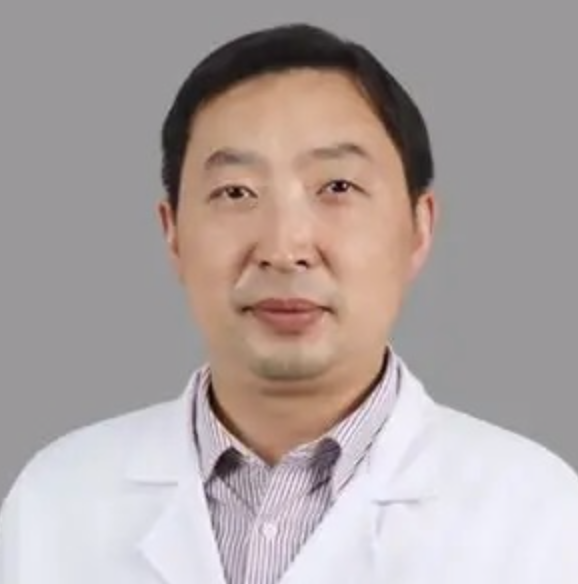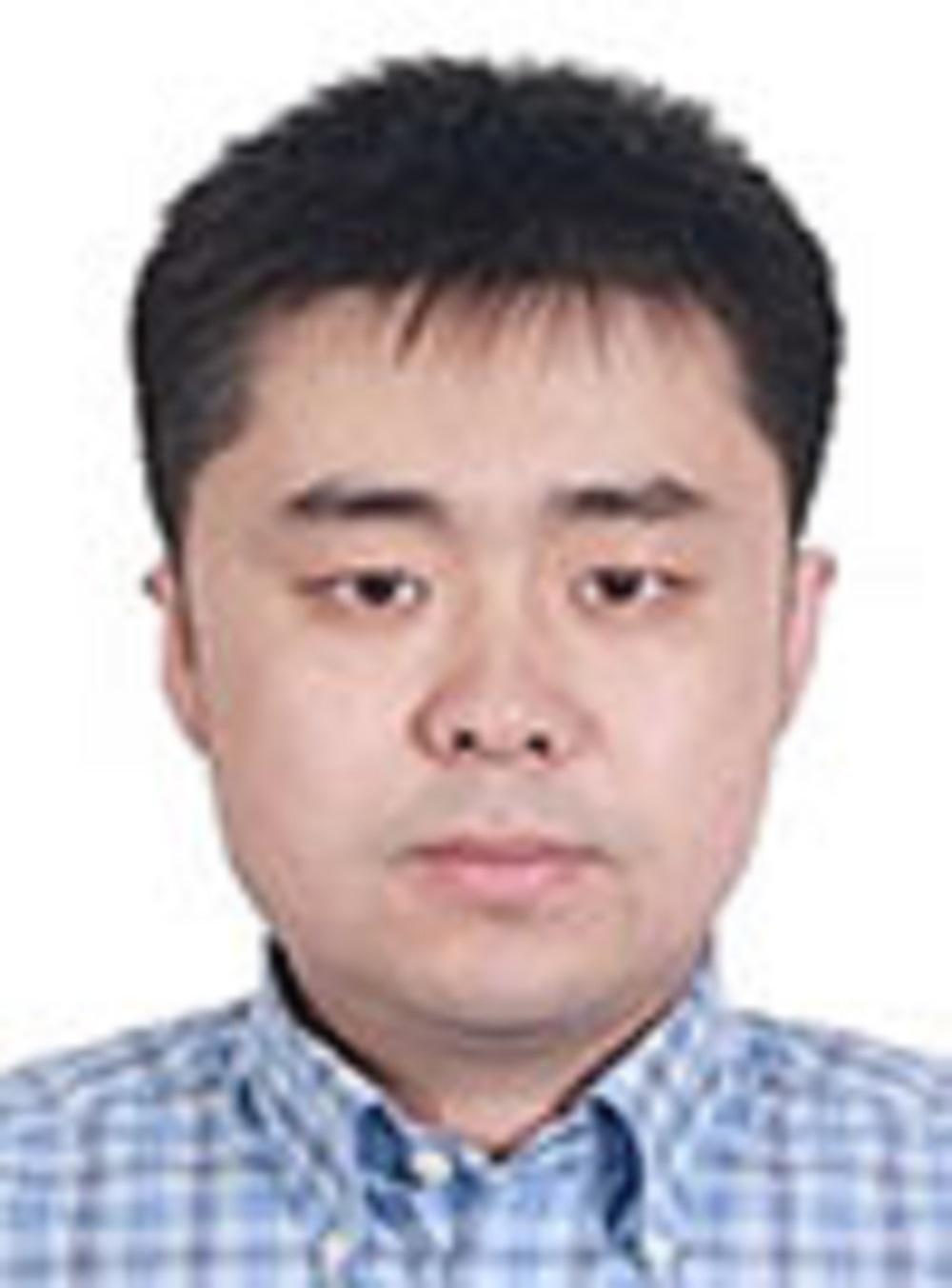DISCUSSION There are several factors which explain why the nasal tip of Asian people is more bulbous and has less projection than that of Caucasians: (1) There is more fibro-fatty tissue between the paired domes of the lower lateral cartilages and the distance between both tip defining points is therefore greater than in Caucasians.10 Sun et al11 suggested that an unrecognized extensive fat pad might interfere with tip narrowing and refinement. It might therefore be the cause of persistent post rhinoplasty supratip fullness and excessive tip width. (2) There is no attachment between the medial crus of the lateral cartilages and the caudal septum.10 (3) Compared with Caucasians, the alar cartilages in Asians are less developed, but are not significantly smaller.2,12,13 In our opinion, the wider distance between both tip defining points in Asians is the most important reason for the ethnic differences. Numerous articles have reported on the anatomy of the nasal cartilages.14-16 Rohrich and Adams12 suggested that the normal distance between both tip defining points was about 5–6 mm, with a distance of more than 6 mm being considered as a bulbous tip and that different degrees of tip width required different surgical techniques.17-21 We classified 80 patients into three types, according to the different distances between both tip defining points. In addition, thick tip skin is widely considered to be a limiting factor for surgical tip refinement.12,15 We used more surgical techniques in the patients with thick skinned nasal tips than in those with thin skinned nasal tips, who were otherwise of the same type; for example, the distance between both tip defining points of type 1 patients was small and silicone implant insertion alone was adequate in patients with thin skinned tips, but in patients with thick skinned tips, conchal cartilage grafts were also used. The traditional classification method6 is -d on the width of the dome arch and the intercrural angle of divergence. Using this method, the lower lateral cartilages need to be completely exposed during surgery to evaluate the degree of malformation. Although this method is more precise, it is therefore unsuitable for preoperative classification. Our classification method is -d on the distance between both tip defining points, which can be measured easily and provides a means of preoperatively evaluating the degree of difference. The skin thickness can also be evaluated by inspection and palpation. Our classification method is therefore useful in aiding surgeons to choose the appropriate surgical techniques, so allowing them to explain the details of the procedure to patients preoperatively. Cartilage tip grafts have become more popular in recent years. This grafting technique can increase the height of a low tip and the length of a short tip, increase the strength for support as a columellar strut and decrease the risk of extrusion by protecting the silicone implant. Among the various shapes of cartilage tip grafts, the shield-like graft22 and - cartilage graft6 are the most popular. The shield-like graft provides a good intercrural strut for support, but the resulting tip contour is less natural looking and the height may not be adequate in some cases. Figure 4. Frontal and profile views of case 1. Preoperative views (A,B,C). Eleven months postoperative views (D,E,F). Note the differences in dorsal height and tip contour.Figure 5. Frontal and profile views of case 2. Preoperative views (A,B,C).Twenty months postoperative views (D,E,F). Note the differences in dorsal height and tip contour. The - graft creates a more projecting and natural looking tip, but it cannot provide an intercrural strut for support. Our particular cartilage carving method has two merits. Firstly, after insertion of a silicone implant, it can further improve tip projection and decrease the risk of extrusion. Secondly, this method combines the merits of shield-like and - cartilage grafts: the inferior part of the graft is similar to the shield like graft and the superior part is similar to the - graft. The types of cartilage22 that can be used for grafting include lower lateral cartilage, conchal cartilage, septal cartilage and rib cartilage. We prefer conchal cartilage for three reasons. Firstly, it has an appropriate degree of rigidity that is stronger than that of the lower lateral cartilage, but is less likely than septal cartilage to show an edge, over the long term. Secondly, its convex shape is convenient for reconstructing a natural looking nasal tip. Thirdly, the harvesting can be performed under local anaesthesia and no conspicuous scars or ear deformities are left by harvesting. A bulbous nasal tip is mainly caused by divergent medial crura, a wide dome arch or both.6 We selectively adopted interdomal, or interdomal combined with transdomal suturing to narrow the tip, according to the degree of modification requested. Interdomal suturing reduces the flare of the lateral crura and decreases the distance between both tip defining points. Transdomal suturing decreases the width of the dome arch and gets a small amount of projection from each side dome. When this is done bilaterally, the divergence of both domes is increased and a long suture should therefore be left on each side and tied together, to narrow the distance between the tip defining points until the desired distance is achieved. After this, an interdomal suture is also necessary to achieve a stable nasal tip shape. Although the alar cartilages in Asians do not develop as well as in Caucasians, type 1 and 2 patients do not require cephalic trimming, while in type 3 patients, whose cartilages are relatively better developed, moderate resection of cephalic portions can be allowed. Cephalic trimming not only reduces the tip fullness but also decreases the distance between the tip defining points. However, at least 5 mm of intact rim strip should be preserved to prevent alar collapse. We did not resect the redundant fibro-fatty tissue at the tip, as in the usual method;11 we formed a fibro-fatty tissue flap, sutured it to the centre area and fixed it to the graft. We found that this technique narrowed and heightened the tip at the same time, so indirectly reducing the required amount of cartilage. This technique also prevented any unnatural appearance of the graft. Our method provides a suitable technique for the augmentation of low dorsa and reshaping of bulbous nasal tips in Chinese patients. This new method overcomes the limitations of older methods, while utilizing their merits, in order to obtain nasal contours requested by the patient. Furthermore, our classification method for preoperative evaluation provides a useful guide for choosing the appropriate surgical techniques. After 10–60 months follow-up, most patients were satisfied with their results. Compared with previous techniques, our method has the advantages of simpler manipulation, better outcomes, and fewer complications. REFERENCES 1. Boo Chai K. The management of ala ptosis in Oriental rhinoplasty. Aesthetic Plast Surg 1986; 10: 17-20.2. Falces E, Wesser D, Gorney M. Cosmetic surgery of the non-Caucasian nose. Plast Reconstr Surg 1970; 45: 317-325.3. Matory WE Jr, Falces E. Non-Caucasian rhinoplasty: a 16-year experience. Plast Reconstr Surg 1986; 77: 239-252.4. Watanabe K. New ideas to improve the shape of the ala of the Oriental nose. Aesthetic Plast Surg 1994; 18: 337-344.5. Zingaro EA, Falces E. Aesthetic anatomy of the non-Caucasian nose. Clin Plast Surg 1987; 14: 749-765.6. Gunter JP, Rohrich RJ, Adams WP, eds. Dallas rhinoplasty: nasal surgery by the masters, 1st Ed. St. Louis: Quality Medical Publishing; 2002: 315-358.7. Guyuron B. Dynamics in rhinoplasty. Plast Reconstr Surg 2000; 105: 2257-2259.8. Tebbetts JB. Secondary tip modification: Shaping and positioning the nasal tip using nondestructive techniques. In: Primary rhinoplasty: A new approach to the logical and the techniques. 1st Ed. St. Louis: Mosby: 1998: 261-479.9. Rohrich RJ, Huynh B, Muzaffar AR, Adams WP Jr, Robinson JB Jr. Importance of the depressor septi nasi muscle in rhinoplasty: anatomic study and clinical application. Plast Reconstr Surg 2000; 105: 376-383.10. Han SK, Lee DG, Kim JB, Kim WK. An anatomic study of nasal tip supporting structures. Ann Plast Surg 2004; 52: 134-139.11. Sun GK, Lee DS, Glasgold AI. Interdomal fat pad: an important anatomical structure in rhinoplasty. Arch Facial Plast Surg 2000; 2: 260-263.12. Rohrich RJ, Adams WP Jr. The boxy nasal tip: classification and management -d on alar cartilage suturing techniques. Plast Reconstr Surg 2001; 107: 1849-1863.13. Dhong ES, Han SK, Lee CH, Yoon ES, Kim WK. Anthropometric study of alar cartilage in Asians. Ann Plast Surg 2002; 48: 386-391.14. Daniel RK. Rhinoplasty: Creating an aesthetic tip. A preliminary report. Plast Reconstr Surg 1987; 80: 775-783.15. Tasman AJ, Helbig M. Sonography of nasal tip anatomy and surgical tip refinement. Plast Reconstr Surg 2000; 105: 2573-2579.16. Tebbetts JB. Shaping and positioning the nasal tip without structural disruption : a new, systematic approach. Plast Reconstr Surg 1994; 94: 61-77.17. Behmand RA, Ghavami A, Guyuron B. Nasal tip sutures part I: the evolution. Plast Reconstr Surg 2003; 112: 1125-1129.18. Cárdenas JC, Carvajal J, Ruiz A. Securing nasal tip rotation through suspension suture technique. Plast Reconstr Surg 2006; 117: 1750-1755.19. Constantian MB. The boxy nasal tip, the ball tip, and alar cartilage malposition: variations on a theme-a study in 200 consecutive primary and secondary rhinoplasty patients. Plast Reconstr Surg 2005; 116: 268-281.20. Lee KC, Kwon YS, Park JM, Kim SK, Park SH, Kim JH. Nasal tip plasty using various techniques in rhinoplasty. Aesthetic Plast Surg 2004; 28: 445-455.21. Murrell GL. Auricular cartilage grafts and nasal surgery. Laryngoscope 2004; 114: 2092-2102.22. Sheen JH. Tip graft: a 20 year retrospective. Plast Reconstr Surg 1993; 91: 48-63.
 纪泉北京医院主任医师骨科
纪泉北京医院主任医师骨科
 纪泉北京医院主任医师骨科
纪泉北京医院主任医师骨科
 纪泉北京医院主任医师骨科
纪泉北京医院主任医师骨科
 熊英中日友好医院副主任医师放疗科
熊英中日友好医院副主任医师放疗科
 王海彬广州中医药大学第一附属医院主任医师骨关节科
王海彬广州中医药大学第一附属医院主任医师骨关节科
 李小峰山西医科大学第二医院主任医师免疫科
李小峰山西医科大学第二医院主任医师免疫科